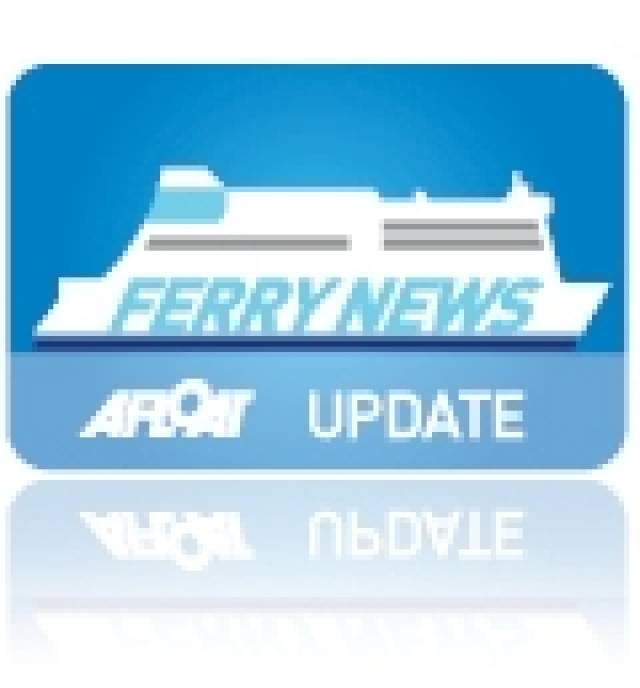#TT2015sailings – Provisional bookings for motorcycles traveling on the Isle of Man Steam Packet Company for TT2015 are according to the ferry operator more than 5% higher than compared for this year's event.
The decision to operate additional sailings and provide additional vehicle deck space on fast craft Manannan has contributed to this increase, helping to ensure more people can experience the action and atmosphere.
As previously reported on Afloat.ie, the Steam Packet in October confirmed it had again chartered P&O Express, which has allowed extra Larne sailings and freed up Manannan to operate more Liverpool services during the 2015 TT.
The charter of MV Arrow, to provide freight support, has been pivotal in ensuring additional passenger vehicle space is available on Ben-my-Chree during the festival.
In July, the ferry firm announced a substantial investment in the fabrication of a mezzanine deck for Manannan. The deck will be in place for both the TT and Isle of Man Festival of Motorcycling next year to allow more people to bring motorcycles to the events. There was huge demand when bookings for these additional spaces opened in July, and many peak days have now sold out.
With forward motorcycle bookings already up by 5%, early indications are that the 2015 TT will be even busier than this year's event, which was the busiest for ferry passengers since the Centenary TT in 2007.
There was a 7.5% increase in motorcycles carried, to 12,050, and total passenger numbers rose to 36,800.
The Isle of Man Festival of Motorcycling also experienced further growth in 2014, with the Steam Packet Company carrying 11% more motorcycles than in 2013, taking the total to almost 3,697.
Passenger figures rose to 29,460, the highest recorded during the fortnight for more than a decade. With early demand looking healthy, and the provision of additional space for motorcycles thanks to the new Manannan mezzanine deck, it is expected the event's popularity will continue to grow.
































































